-
 Bitcoin
Bitcoin $83,003.7250
-0.22% -
 Ethereum
Ethereum $1,906.6284
0.58% -
 Tether USDt
Tether USDt $0.9999
0.01% -
 XRP
XRP $2.2908
-1.79% -
 BNB
BNB $633.9142
1.30% -
 Solana
Solana $124.6077
-2.79% -
 USDC
USDC $0.9999
0.01% -
 Dogecoin
Dogecoin $0.1685
-2.02% -
 Cardano
Cardano $0.7097
-0.28% -
 TRON
TRON $0.2231
5.05% -
 Chainlink
Chainlink $14.0769
3.12% -
 UNUS SED LEO
UNUS SED LEO $9.8153
-0.16% -
 Toncoin
Toncoin $3.4686
-0.08% -
 Stellar
Stellar $0.2688
-0.60% -
 Pi
Pi $1.1753
-16.17% -
 Hedera
Hedera $0.1877
-2.31% -
 Avalanche
Avalanche $18.9843
2.59% -
 Shiba Inu
Shiba Inu $0.0...01268
-4.18% -
 Sui
Sui $2.3295
2.55% -
 Litecoin
Litecoin $89.9782
-2.94% -
 MANTRA
MANTRA $6.9066
0.06% -
 Polkadot
Polkadot $4.2797
-2.40% -
 Bitcoin Cash
Bitcoin Cash $332.1873
-0.60% -
 Ethena USDe
Ethena USDe $0.9997
0.01% -
 Dai
Dai $1.0001
0.01% -
 Bitget Token
Bitget Token $4.4465
0.94% -
 Hyperliquid
Hyperliquid $13.1053
-1.79% -
 Monero
Monero $210.9438
0.24% -
 Uniswap
Uniswap $6.2504
1.44% -
 Aptos
Aptos $5.2939
-0.76%
How to check ETF holdings and transaction records?
Understanding ETF transaction records, including trade order types, can provide insights into the timing and execution of ETF trades, aiding in analysis of trading strategies.
Jan 08, 2025 at 01:08 am
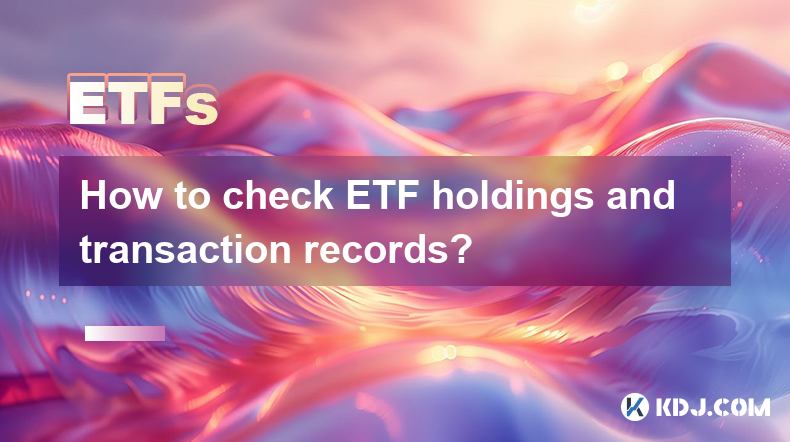
Key Points:
- Understanding ETF Holdings and Transaction Records
- Accessing Historical and Current ETF Holdings
- Deciphering ETF Transactions: Understanding Trade Orders
- Viewing Historical Transaction Records: Time-Based Analysis
- Exporting ETF Holdings Data for Further Analysis
How to Check ETF Holdings
1. Obtain Real-Time Holdings Information:
- Through ETF Providers: Visit the website of the ETF provider, such as Vanguard, iShares, or BlackRock. Navigate to the specific ETF's page to view its current holdings.
- Using Financial Websites: Websites like Yahoo Finance, Google Finance, and Morningstar provide real-time holdings data for a wide range of ETFs.
2. Accessing Historical Holdings Data:
- ETF Documents: Refer to the ETF's prospectus or annual report, which typically includes historical holdings information.
- Data Aggregators: Companies like S&P Global and FactSet provide extensive historical holdings data through paid subscriptions.
How to Check ETF Transaction Records
1. Understand Trade Order Types:
- Market Order: Executes the trade at the current market price, regardless of any delay.
- Limit Order: Specifies a specific price at which the trade will execute, ensuring that the transaction occurs only when that price is reached.
- Stop Order: Triggers a trade when the price reaches a specified threshold, protecting against unfavorable price movements.
2. Viewing Historical Transaction Records:
- Brokerage Account Statements: Review your brokerage account statements to view past ETF transactions, including the order type, price, and volume.
- Online Brokerage Platforms: Most online brokerages offer tools to view historical transaction records, allowing you to filter by date, ETF, and other criteria.
3. Exporting Holdings Data for Analysis
- Spreadsheet Format: Export ETF holdings data into a spreadsheet format for easy analysis and manipulation.
- Customizable Reports: Some ETF providers or data aggregators allow you to create customized reports that include specific holdings and transaction information.
FAQs
1. Why is checking ETF holdings important?
- Identifying the underlying assets can provide insight into the risk and performance characteristics of the ETF.
- Monitoring holdings changes can indicate shifts in the ETF's investment strategy or market conditions.
2. How can I track the performance of specific ETF holdings?
- Research the individual companies or assets included in the ETF's portfolio.
- Utilize online tools or financial websites that provide performance data for individual stocks or bonds.
3. What are the limitations of using historical holdings data?
- Historical holdings may not reflect real-time changes in the ETFs' portfolios.
- ETF providers may not always disclose holdings data promptly, leading to potential delays in accessing up-to-date information.
Disclaimer:info@kdj.com
The information provided is not trading advice. kdj.com does not assume any responsibility for any investments made based on the information provided in this article. Cryptocurrencies are highly volatile and it is highly recommended that you invest with caution after thorough research!
If you believe that the content used on this website infringes your copyright, please contact us immediately (info@kdj.com) and we will delete it promptly.
- Canary Capital Files S-1 Registration Form with the SEC to Launch a SUI ETF
- 2025-03-18 13:25:58
- 4 Cryptos Primed to Explode with Lucrative Returns
- 2025-03-18 12:55:58
- John Bollinger Hints XRP May Be Poised to Emerge as a Market Leader
- 2025-03-18 12:55:58
- 7 Best Cryptocurrencies to Buy in 2025 - Don't Miss Out!
- 2025-03-18 12:45:58
- Qubetics: The Best Crypto Presale to Buy for 2025 for Interoperability and Real-World Asset Tokenization
- 2025-03-18 12:30:58
- Bitcoin (BTC) Price Action Confirms Cup-and-handle Pattern, New Analysis Suggests a Breakout Toward $130,000
- 2025-03-18 12:30:58
Related knowledge
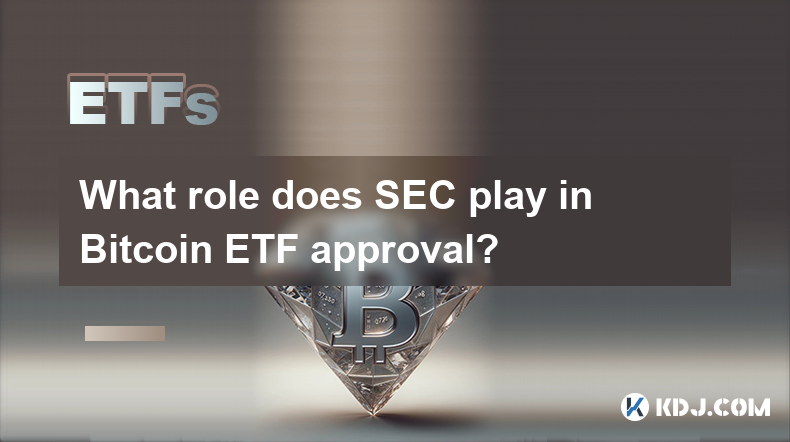
What role does SEC play in Bitcoin ETF approval?
Feb 25,2025 at 06:48am
Key Points:SEC's Role in Bitcoin ETF Approval ProcessHistorical Efforts to Establish a Bitcoin ETFSEC's Criteria for Bitcoin ETF ApprovalPotential Impact of a Bitcoin ETF on the Cryptocurrency MarketTimeline and Outlook for Bitcoin ETF ApprovalArticle:SEC Play in Bitcoin ETF ApprovalThe United States Securities and Exchange Commission (SEC) plays a crit...
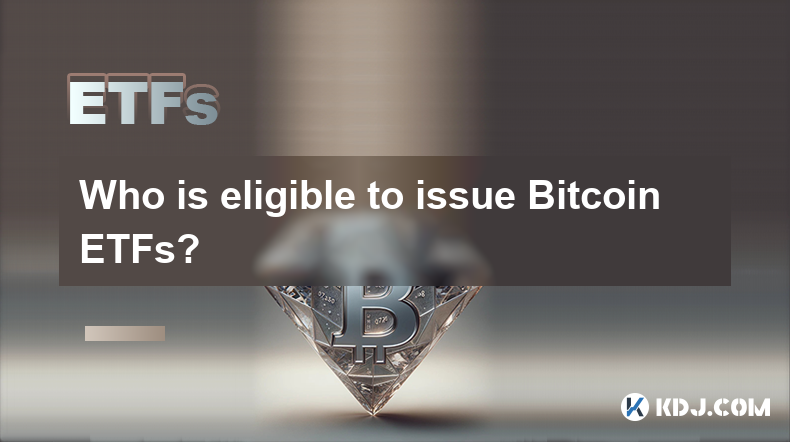
Who is eligible to issue Bitcoin ETFs?
Feb 25,2025 at 11:13am
Key Points:Only regulated financial institutions with the necessary expertise and infrastructure are eligible to issue Bitcoin ETFs.The Securities and Exchange Commission (SEC) has not yet approved any spot Bitcoin ETFs, but has approved several futures-based ETFs.Applicants must meet stringent requirements, including having a strong track record and su...
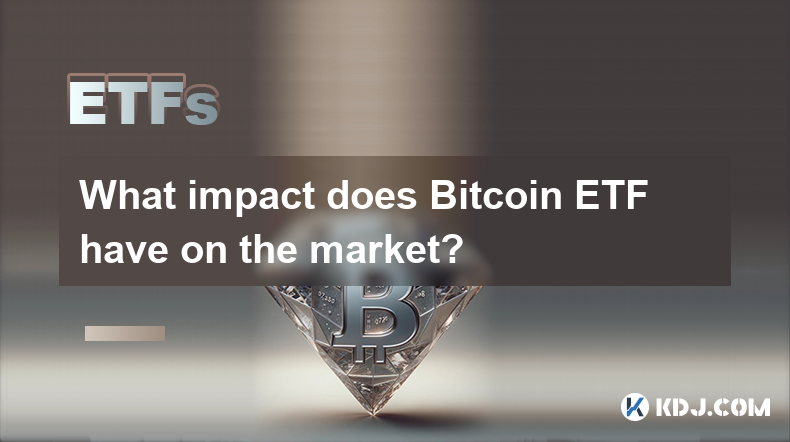
What impact does Bitcoin ETF have on the market?
Feb 25,2025 at 11:37am
Key Points:Introduction to Bitcoin ETFs and their role in the cryptocurrency marketHistorical development and performance of Bitcoin ETFsPotential benefits of Bitcoin ETFs for investors and the marketRisks and limitations associated with Bitcoin ETFsRegulatory considerations and their impact on Bitcoin ETFsArticle:Introduction to Bitcoin ETFsBitcoin exc...
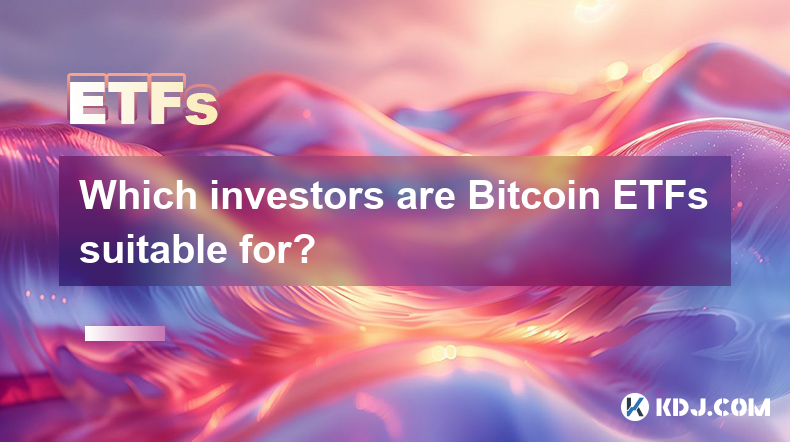
Which investors are Bitcoin ETFs suitable for?
Feb 27,2025 at 04:01pm
Key Points:Understanding Bitcoin ETFsBenefits of Bitcoin ETFsSuitability of Bitcoin ETFs for Different InvestorsAssessing Risk Tolerance and Investment GoalsConsidering Short-Term and Long-Term StrategiesExamining Tax ImplicationsSeeking Professional AdviceUnderstanding Bitcoin ETFsBitcoin exchange-traded funds (ETFs) are investment vehicles that track ...
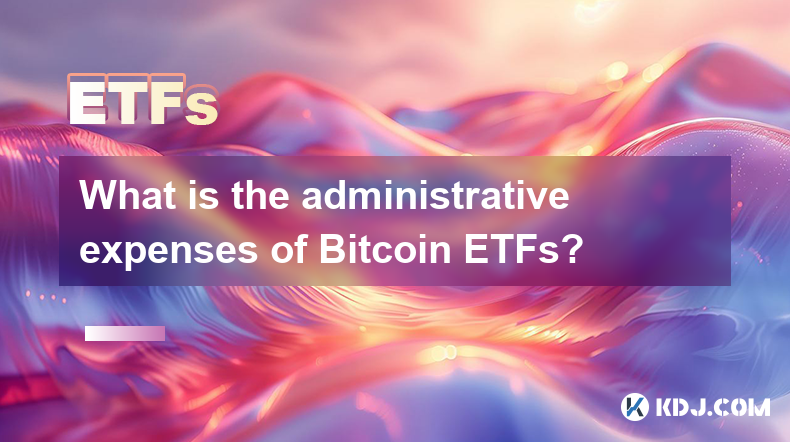
What is the administrative expenses of Bitcoin ETFs?
Feb 26,2025 at 12:24am
Key Points:Administrative expenses are a crucial factor to consider when evaluating Bitcoin ETFs.These expenses can significantly impact the performance of the fund and ultimately the investor's returns.Understanding the various components of administrative expenses is essential for informed decision-making.Comparing administrative expenses across diffe...
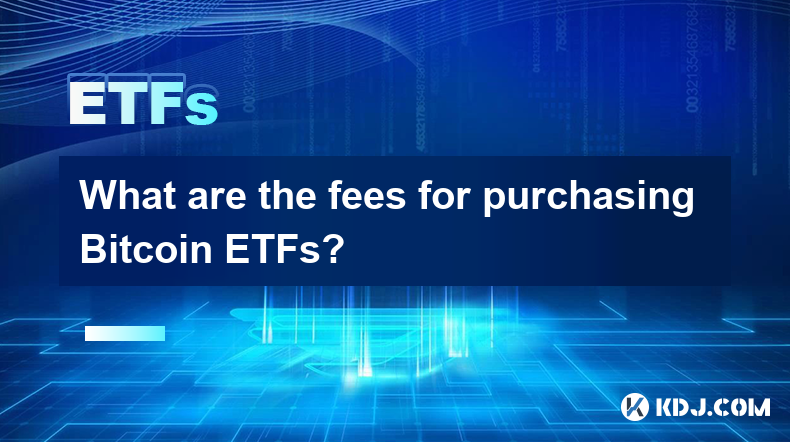
What are the fees for purchasing Bitcoin ETFs?
Feb 27,2025 at 07:13pm
Key Points:Bitcoin exchange-traded funds (ETFs) are a cost-effective and regulated way to gain exposure to Bitcoin.Fees associated with Bitcoin ETF purchases vary depending on the platform, trading volume, and account type.It is essential to evaluate fee structures carefully to optimize investment returns.Fees Associated with Purchasing Bitcoin ETFs1. B...

What role does SEC play in Bitcoin ETF approval?
Feb 25,2025 at 06:48am
Key Points:SEC's Role in Bitcoin ETF Approval ProcessHistorical Efforts to Establish a Bitcoin ETFSEC's Criteria for Bitcoin ETF ApprovalPotential Impact of a Bitcoin ETF on the Cryptocurrency MarketTimeline and Outlook for Bitcoin ETF ApprovalArticle:SEC Play in Bitcoin ETF ApprovalThe United States Securities and Exchange Commission (SEC) plays a crit...

Who is eligible to issue Bitcoin ETFs?
Feb 25,2025 at 11:13am
Key Points:Only regulated financial institutions with the necessary expertise and infrastructure are eligible to issue Bitcoin ETFs.The Securities and Exchange Commission (SEC) has not yet approved any spot Bitcoin ETFs, but has approved several futures-based ETFs.Applicants must meet stringent requirements, including having a strong track record and su...

What impact does Bitcoin ETF have on the market?
Feb 25,2025 at 11:37am
Key Points:Introduction to Bitcoin ETFs and their role in the cryptocurrency marketHistorical development and performance of Bitcoin ETFsPotential benefits of Bitcoin ETFs for investors and the marketRisks and limitations associated with Bitcoin ETFsRegulatory considerations and their impact on Bitcoin ETFsArticle:Introduction to Bitcoin ETFsBitcoin exc...

Which investors are Bitcoin ETFs suitable for?
Feb 27,2025 at 04:01pm
Key Points:Understanding Bitcoin ETFsBenefits of Bitcoin ETFsSuitability of Bitcoin ETFs for Different InvestorsAssessing Risk Tolerance and Investment GoalsConsidering Short-Term and Long-Term StrategiesExamining Tax ImplicationsSeeking Professional AdviceUnderstanding Bitcoin ETFsBitcoin exchange-traded funds (ETFs) are investment vehicles that track ...

What is the administrative expenses of Bitcoin ETFs?
Feb 26,2025 at 12:24am
Key Points:Administrative expenses are a crucial factor to consider when evaluating Bitcoin ETFs.These expenses can significantly impact the performance of the fund and ultimately the investor's returns.Understanding the various components of administrative expenses is essential for informed decision-making.Comparing administrative expenses across diffe...

What are the fees for purchasing Bitcoin ETFs?
Feb 27,2025 at 07:13pm
Key Points:Bitcoin exchange-traded funds (ETFs) are a cost-effective and regulated way to gain exposure to Bitcoin.Fees associated with Bitcoin ETF purchases vary depending on the platform, trading volume, and account type.It is essential to evaluate fee structures carefully to optimize investment returns.Fees Associated with Purchasing Bitcoin ETFs1. B...
See all articles






















































































